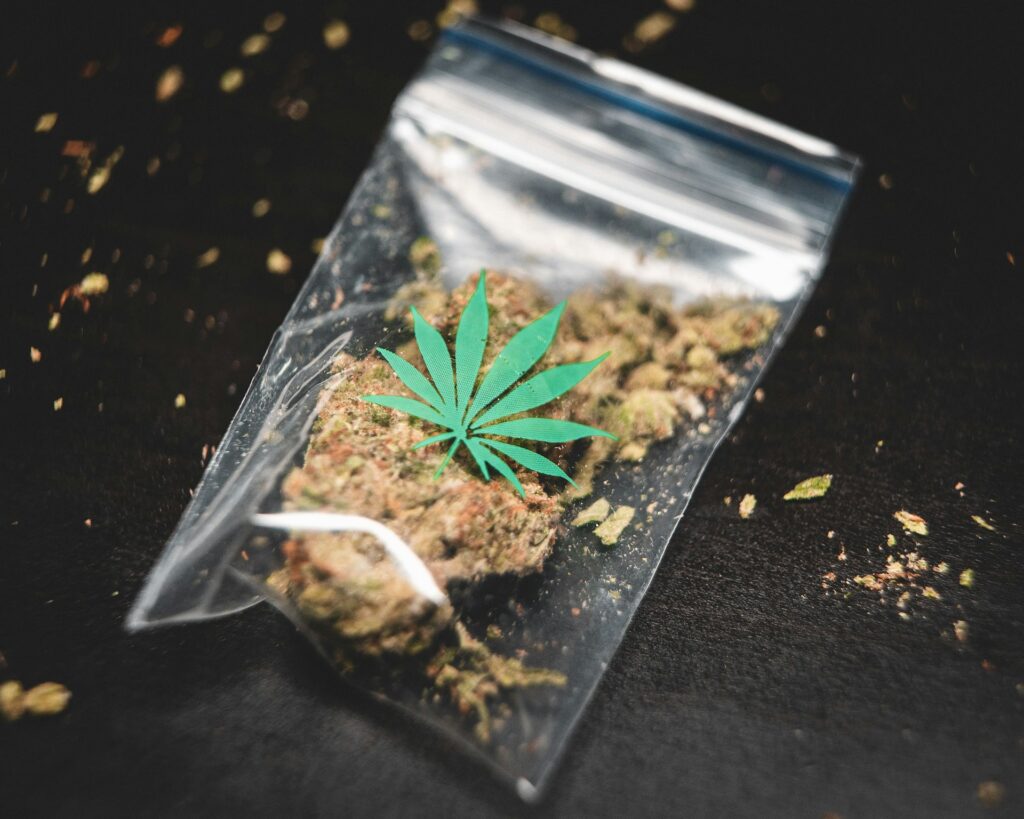The 2023 Canadian Cannabis Survey has revealed that legal sources now provide 73% of cannabis in Canada, with a significant decrease in driving under the influence of cannabis, indicating increased awareness of risks and responsible consumption practices. Other findings have shown stable cannabis consumption among youth, and a notable shift towards non-combustion methods like edibles and vaping.
In Canada, 73% of Cannabis Now Comes from Legal Sources


Last week, Health Canada unveiled the results of the 2023 Canadian Cannabis Survey, providing valuable insights into the evolving landscape of cannabis consumption in the country. Conducted annually since 2017, the survey aims to shed light on how Canadians perceive and engage with cannabis, offering crucial data to monitor and shape national regulation under the Cannabis Act.
For more news like this, along with all the latest in legalization, research, and lifestyle, download our free cannabis news app.
Cannabis Consumption Among Youth
The survey revealed a stable picture of cannabis consumption among young Canadians aged 16 to 19 years. In 2023, 43% of them reported consuming cannabis in the past 12 months, an increase from 2022 and 2018. However, this rate has remained comparable to those of 2019 and 2020.
The overall stability in cannabis consumption across all age groups in Canada, particularly daily or near-daily consumption, has persisted since 2018, maintaining around 25%. The percentage of young Canadians regularly consuming cannabis has remained stable, at about 20%.
The percentage of Canadians considered “at high risk” due to their cannabis consumption has also remained stable, at around 3% since 2018.
A notable decline in combusted cannabis consumption is observed. In 2023, smoking remains predominant (63%), but alternative methods are gaining popularity, notably edibles (52%) and vaping (33%). This shift highlights a diversification in consumption habits, possibly influenced by the evolution of product availability and consumer preferences.
Impacts of Legalization in Canada
The number of people accessing cannabis from legal sources in Canada has risen from 37% in 2019 to 73% in 2023, an increase from 2021. Legal stores have emerged as the main source of supply since 2019. The study estimates that the increasing accessibility of legal options and the normalization of regulated cannabis retail outlets are the main factors.
The percentage of Canadians driving after recent cannabis use dropped from 27% in 2018 to 16% in 2021 and has not changed since, suggesting increased awareness of the potential risks associated with driving under the influence of cannabis and adherence to responsible consumption practices.
Approximately 11,690 respondents aged 16 and over participated in the survey across all provinces and territories. Data collection covered various themes, including knowledge, attitudes, and opinions; cannabis consumption and products; sources and purchasing; assessment of high-risk cannabis use; accidental consumption and adverse effects; driving and cannabis; and cannabis for medical purposes.
In 2023, the Health Canada cannabis survey expanded its scope to include new topics, such as reporting and occurrence of adverse effects, identification of legal sources, awareness of cannabis packaging requirements, and an alternative assessment tool for measuring harmful cannabis consumption.
—
(Featured image by GRAS GRÜN via Unsplash)
DISCLAIMER: This article was written by a third-party contributor and does not reflect the opinion of Hemp.im, its management, staff, or its associates. Please review our disclaimer for more information.
This article may include forward-looking statements. These forward-looking statements generally are identified by the words “believe,” “project,” “estimate,” “become,” “plan,” “will,” and similar expressions. These forward-looking statements involve known and unknown risks as well as uncertainties, including those discussed in the following cautionary statements and elsewhere in this article and on this site. Although the company may believe that its expectations are based on reasonable assumptions, the actual results that the company may achieve may differ materially from any forward-looking statements, which reflect the opinions of the management of the company only as of the date hereof. Additionally, please make sure to read these important disclosures.
First published in Newsweed, a third-party contributor translated and adapted the article from the original. In case of discrepancy, the original will prevail.
Although we made reasonable efforts to provide accurate translations, some parts may be incorrect. Hemp.im assumes no responsibility for errors, omissions or ambiguities in the translations provided on this website. Any person or entity relying on translated content does so at their own risk. Hemp.im is not responsible for losses caused by such reliance on the accuracy or reliability of translated information. If you wish to report an error or inaccuracy in the translation, we encourage you to contact us.



Comments are closed for this post.